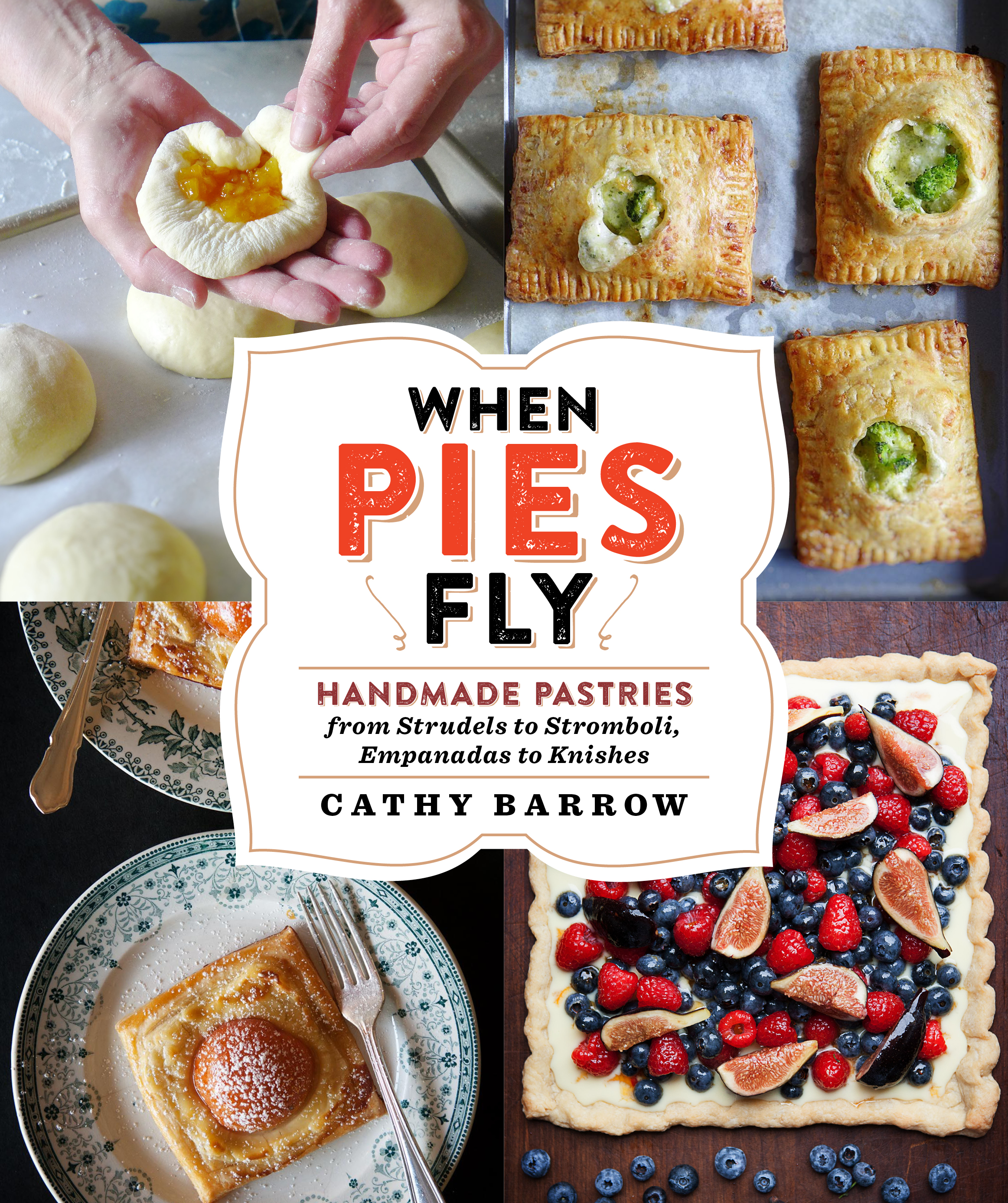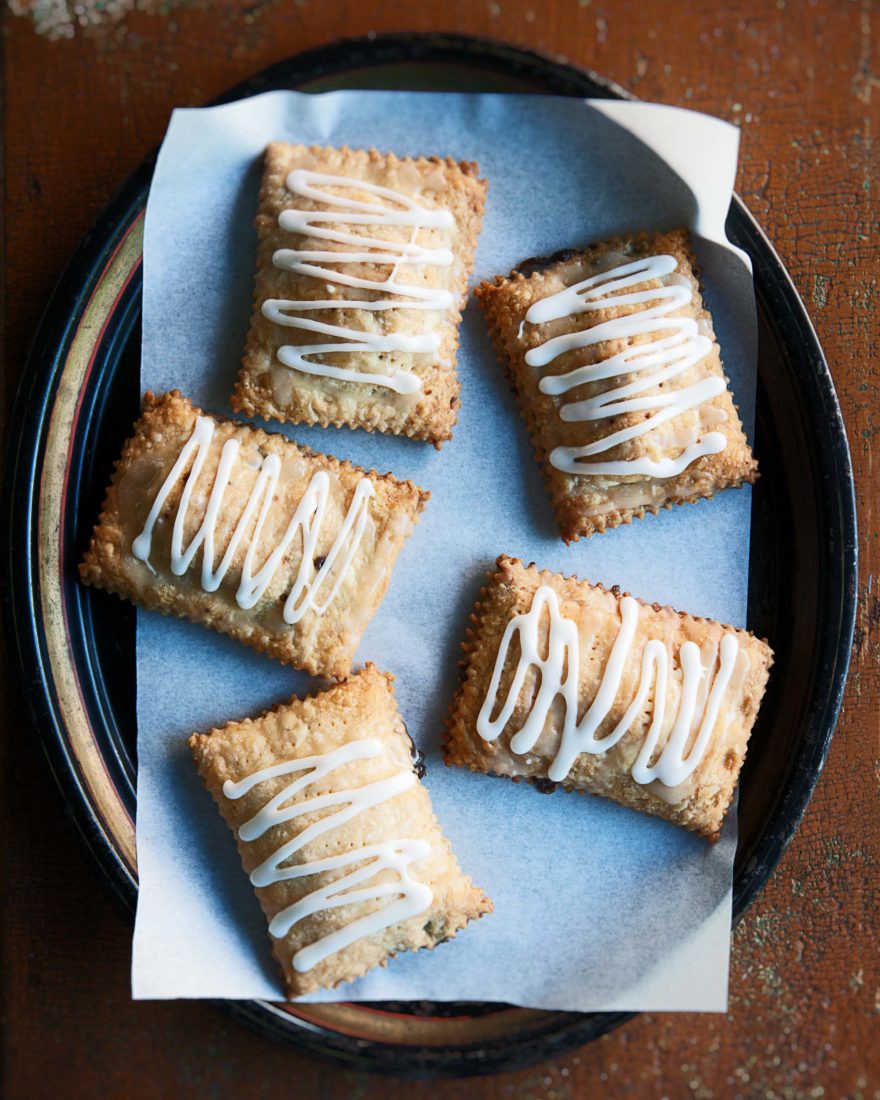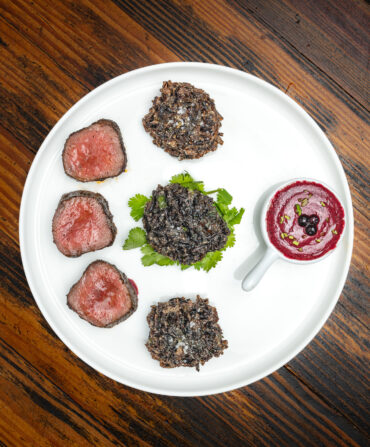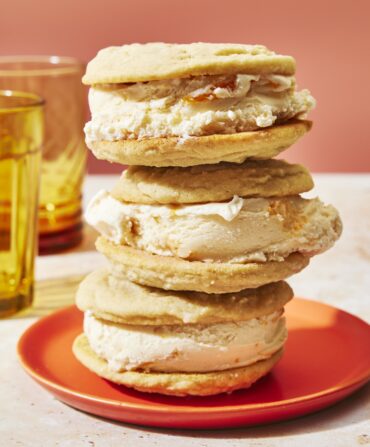There’s a certain popular brown sugar breakfast pastry that was my constant companion through years of riding horses and hot days at competitions. I kept packets in the trunk of my car for plummeting blood sugar moments, but also because they were a food filled with memories, a childhood favorite with a slightly sandy filling offset by sugary, silky frosting. Using common pantry ingredients, these pies retain those familiar qualities, but so much more deliciously. Adding cocoa powder will not make the filling taste like chocolate at all, but only serves to intensify the spicy cinnamon—a trick I picked up from [the revered pastry chef and author] Maida Heatter’s cinnamon swirl bread. —Cathy Barrow

Excerpted from When Pies Fly: Handmade Pastries from Strudels to Stromboli, Empanadas to Knishes to Kolaches by Cathy Barrow (copyright © 2019 by Cathy Barrow). Reprinted with permission from Grand Central Publishing. All rights reserved.








